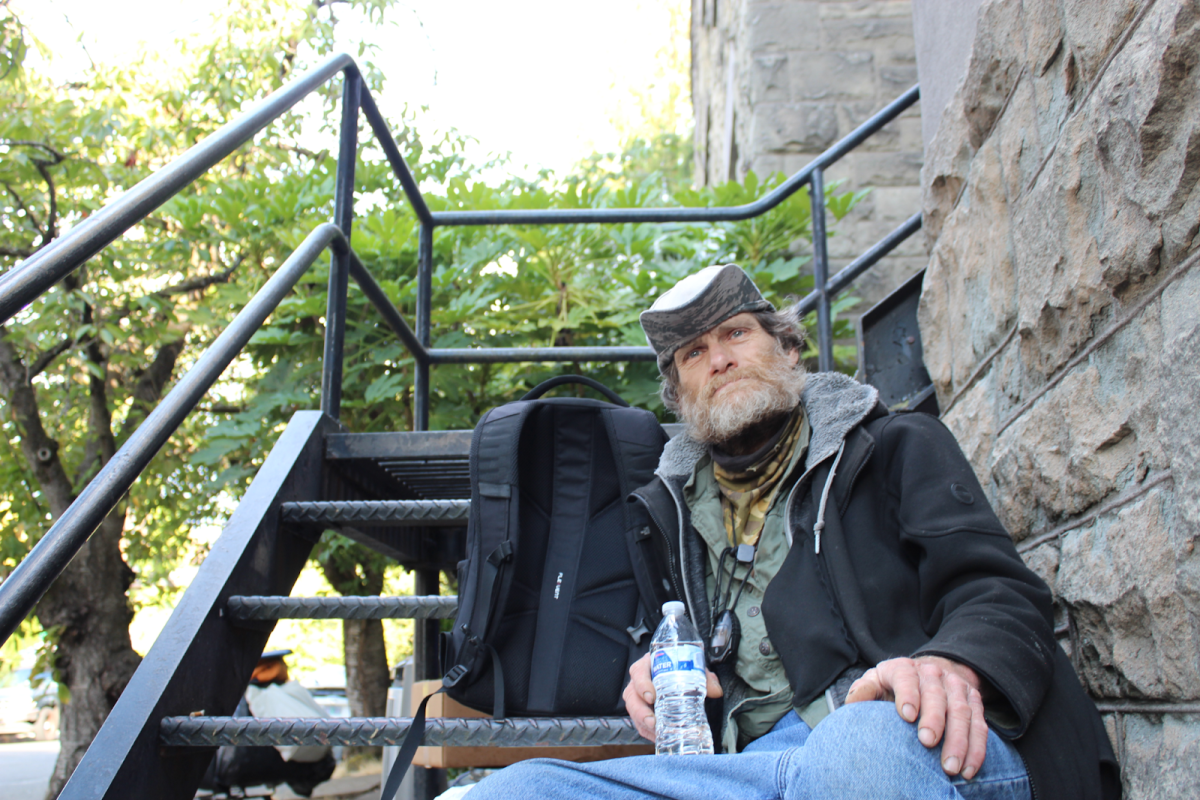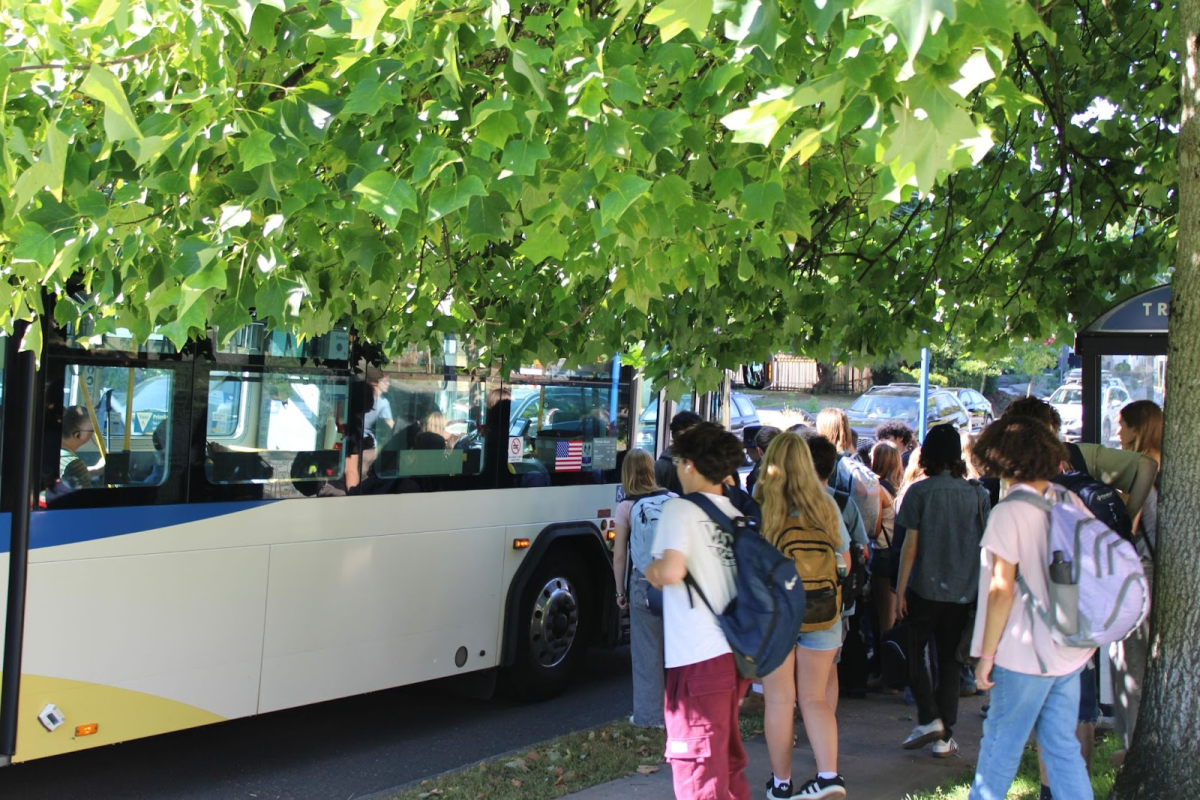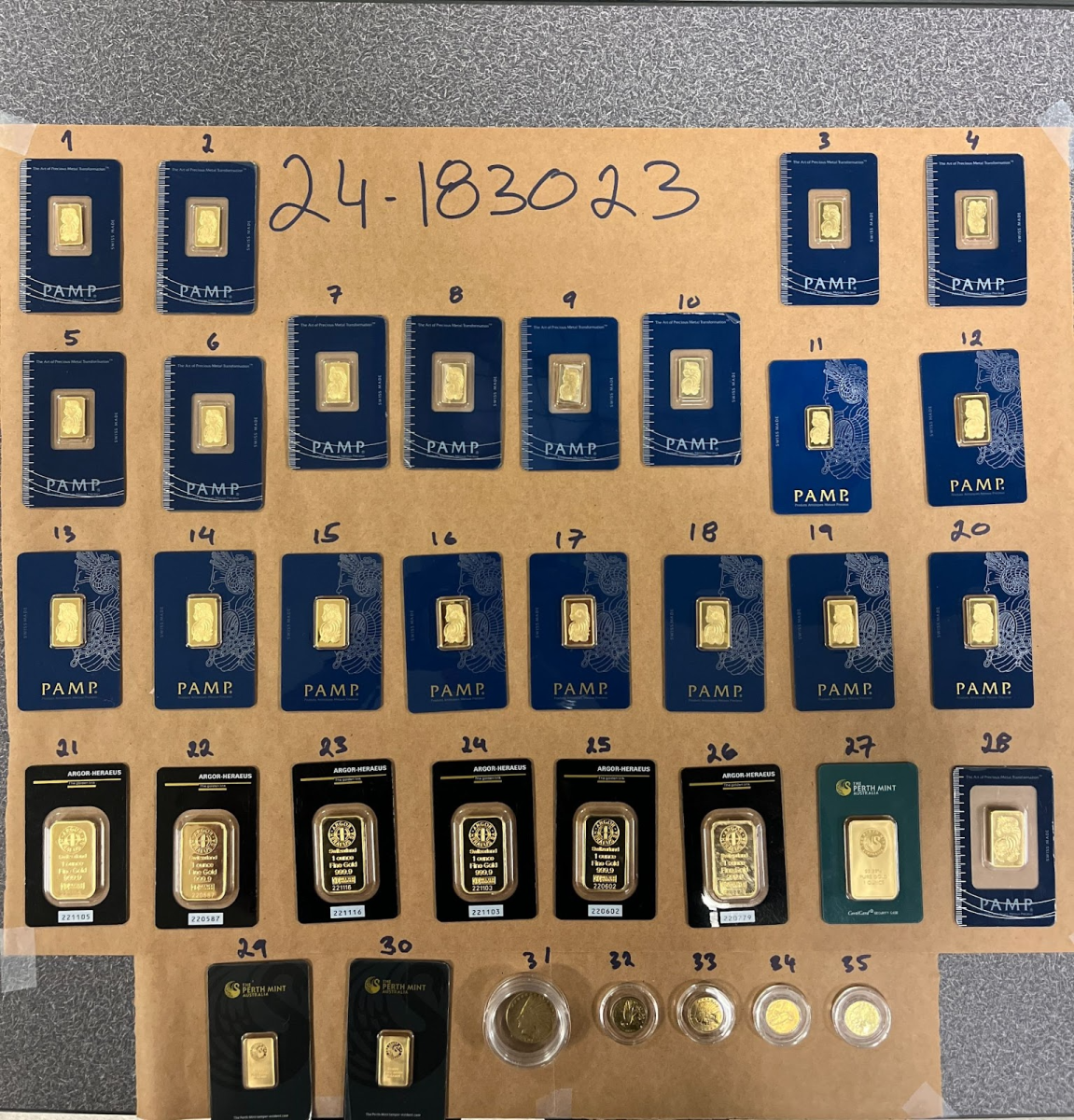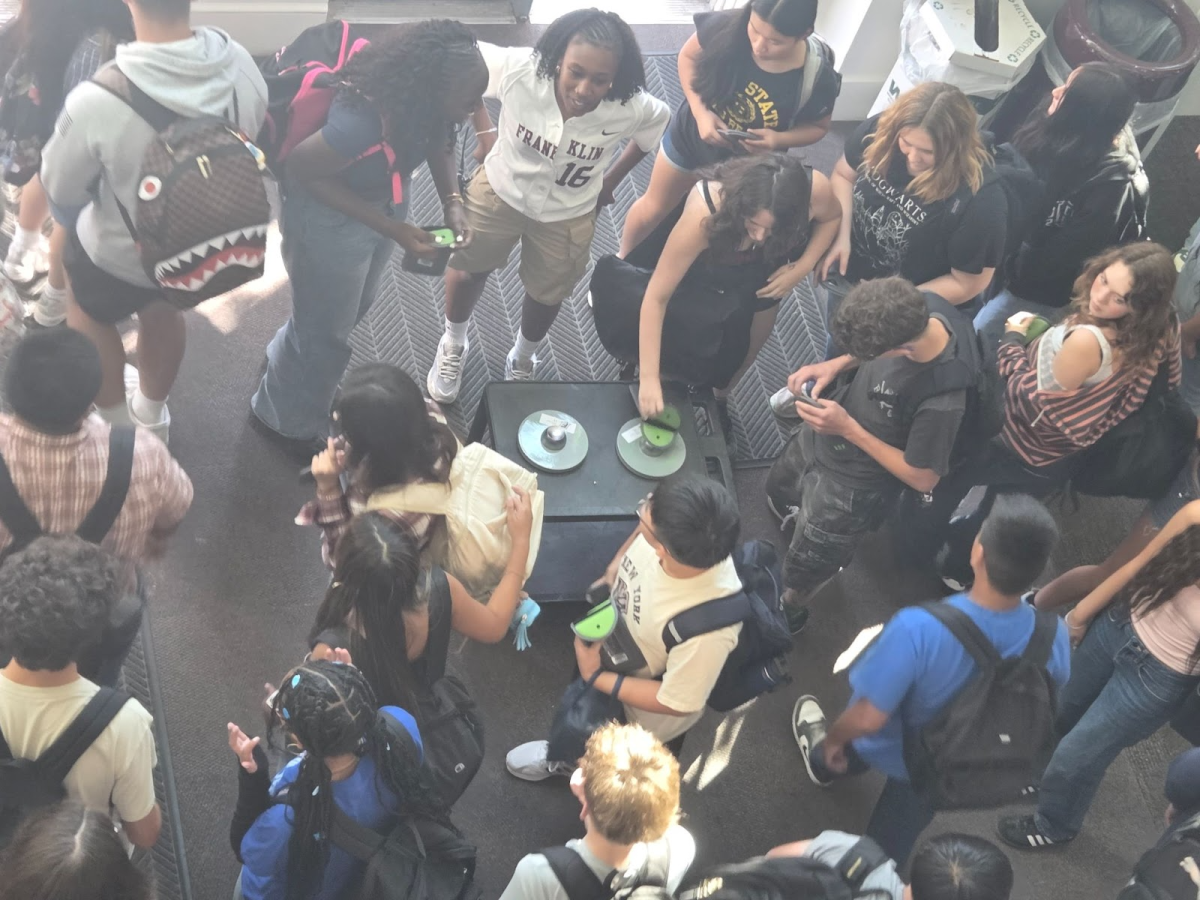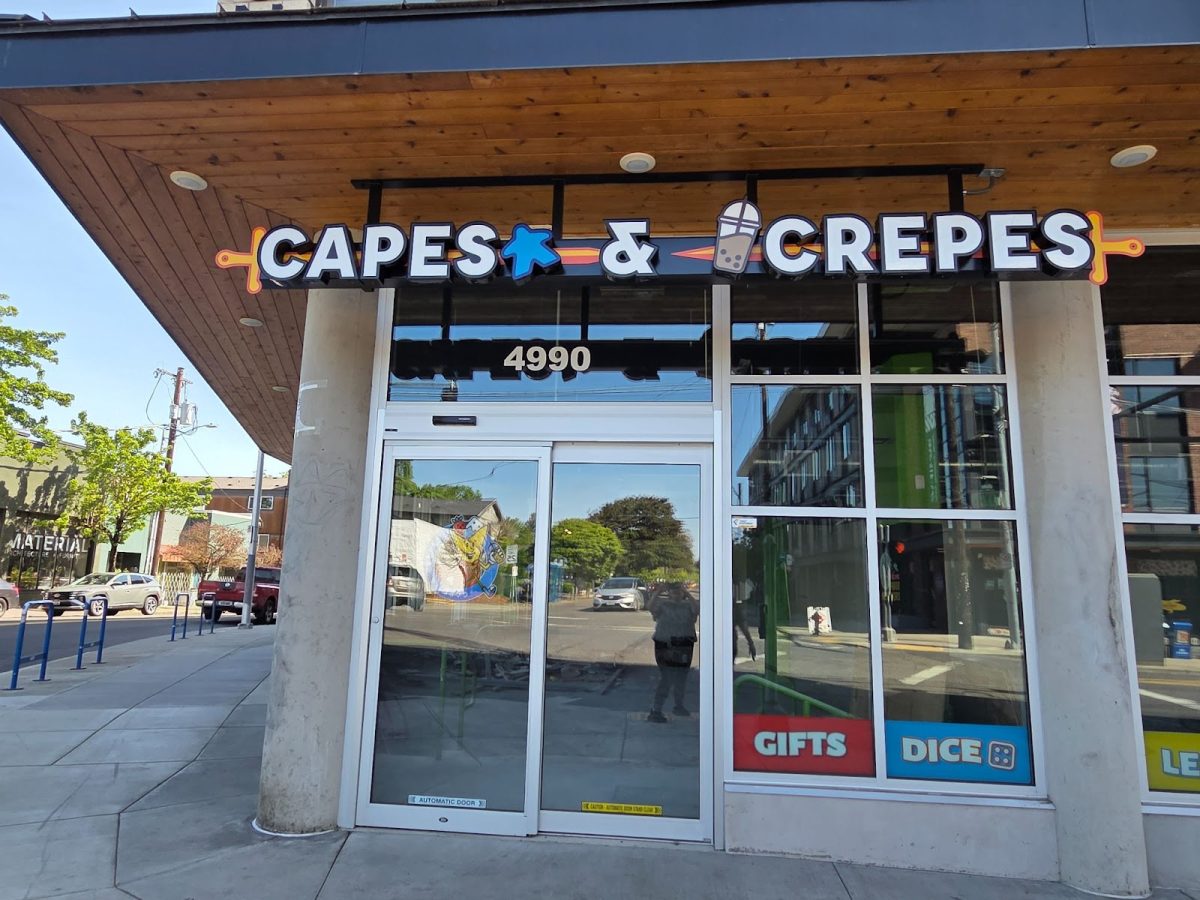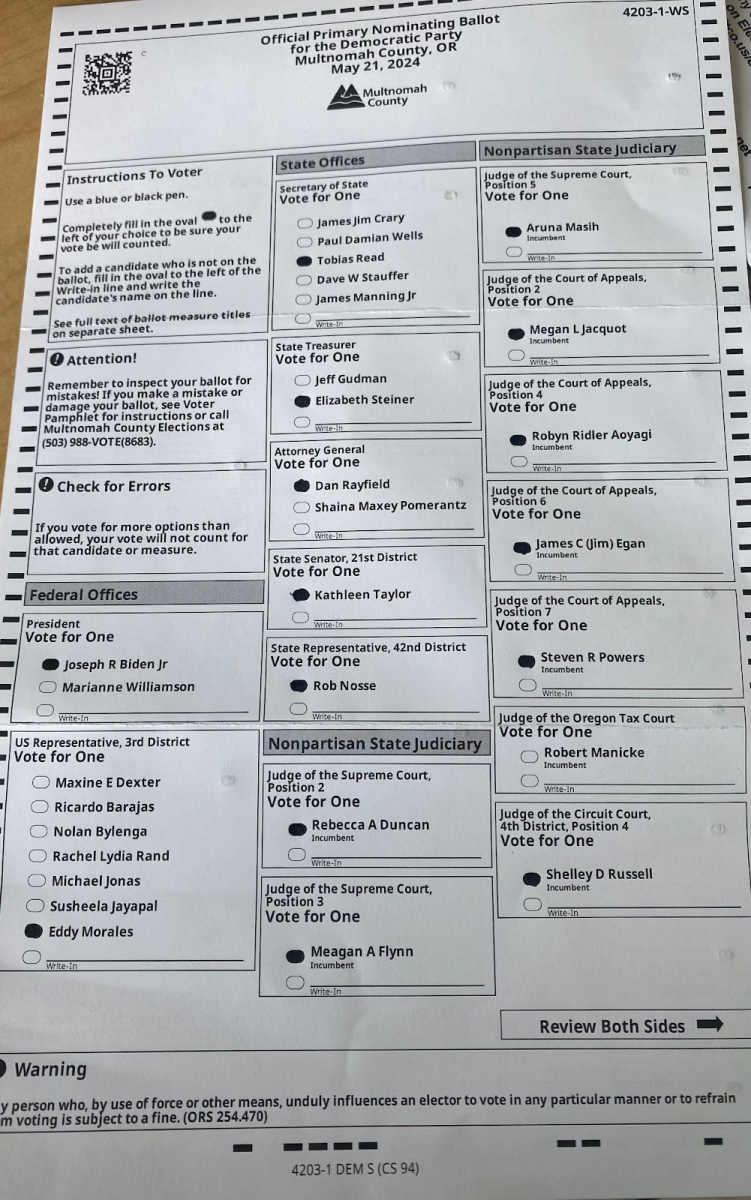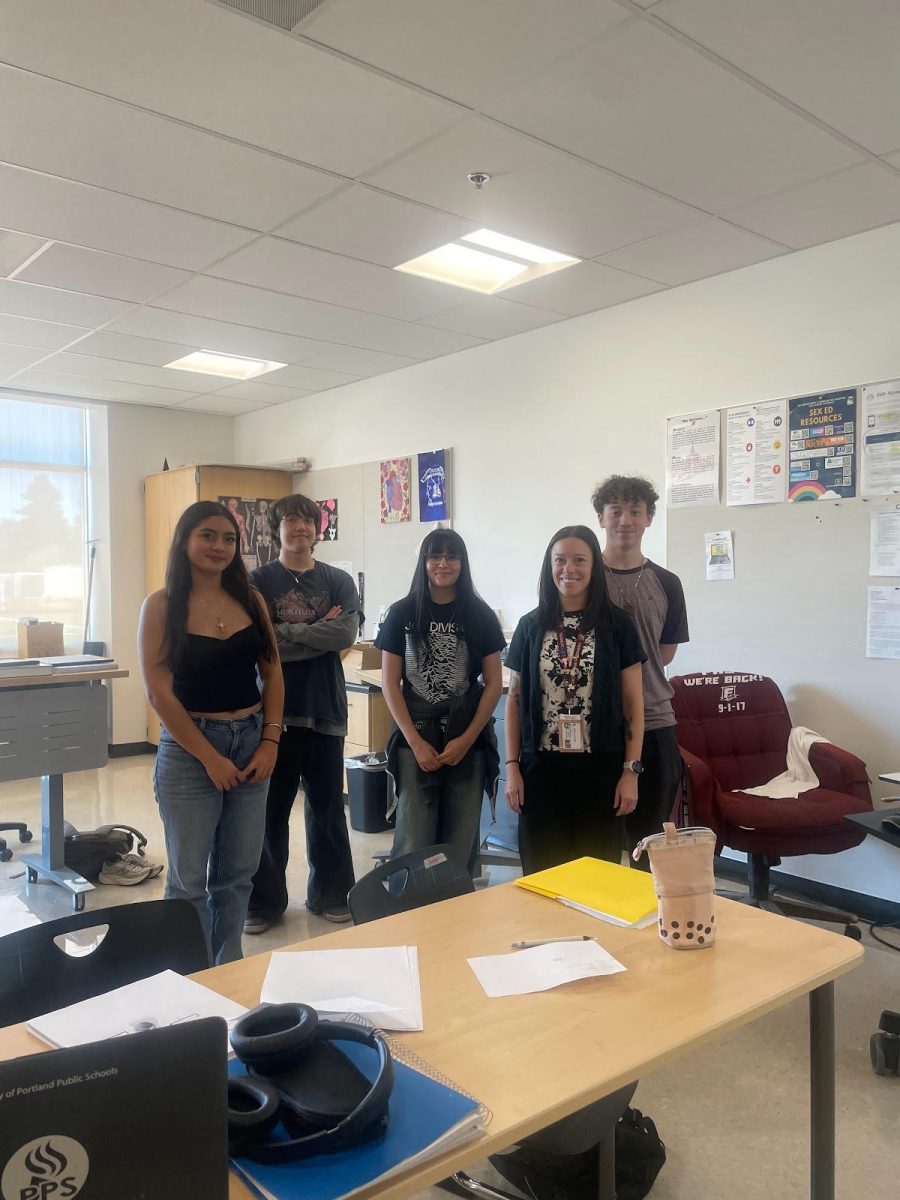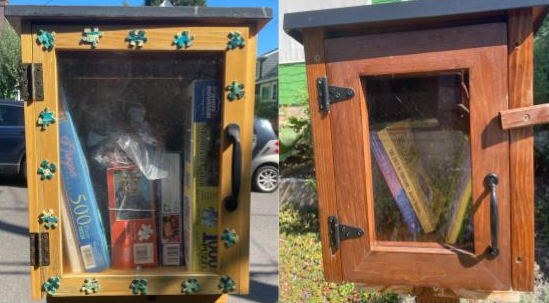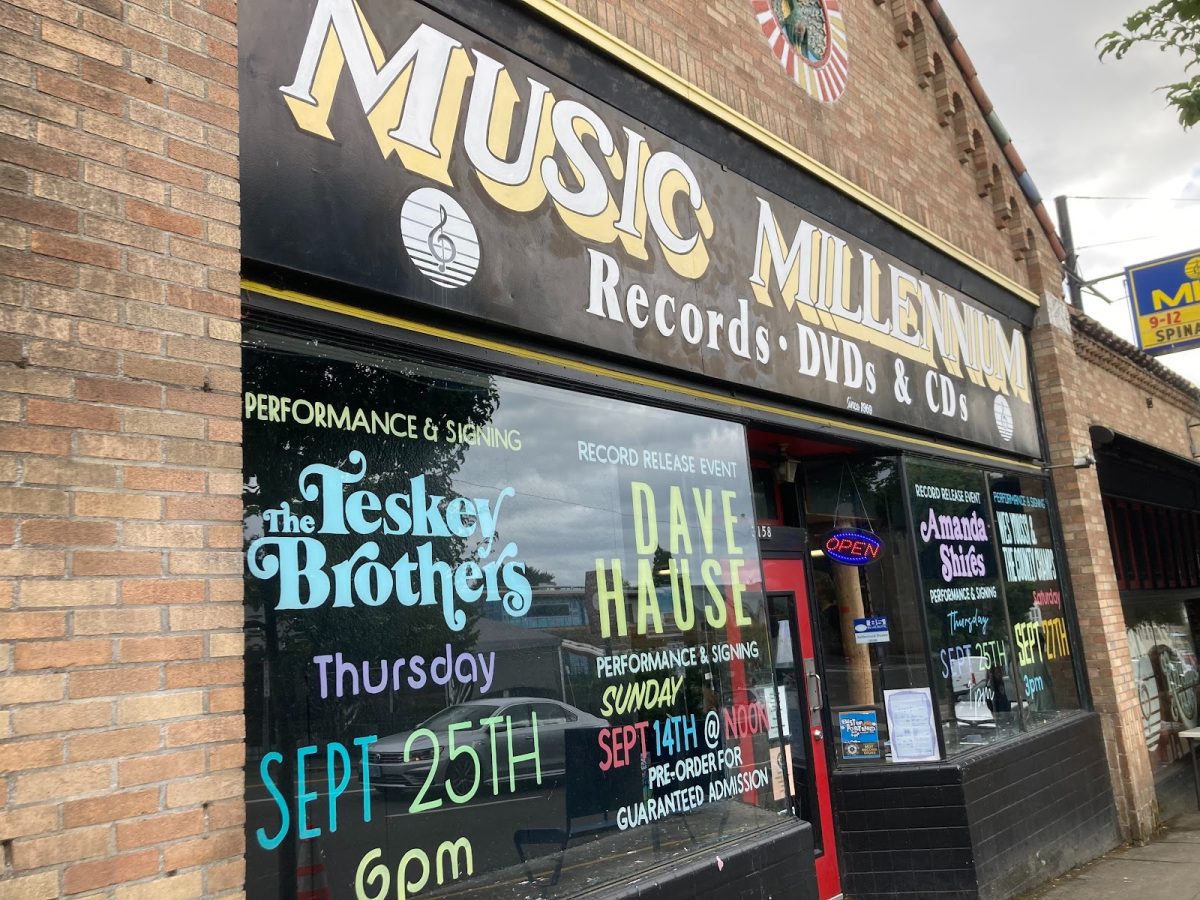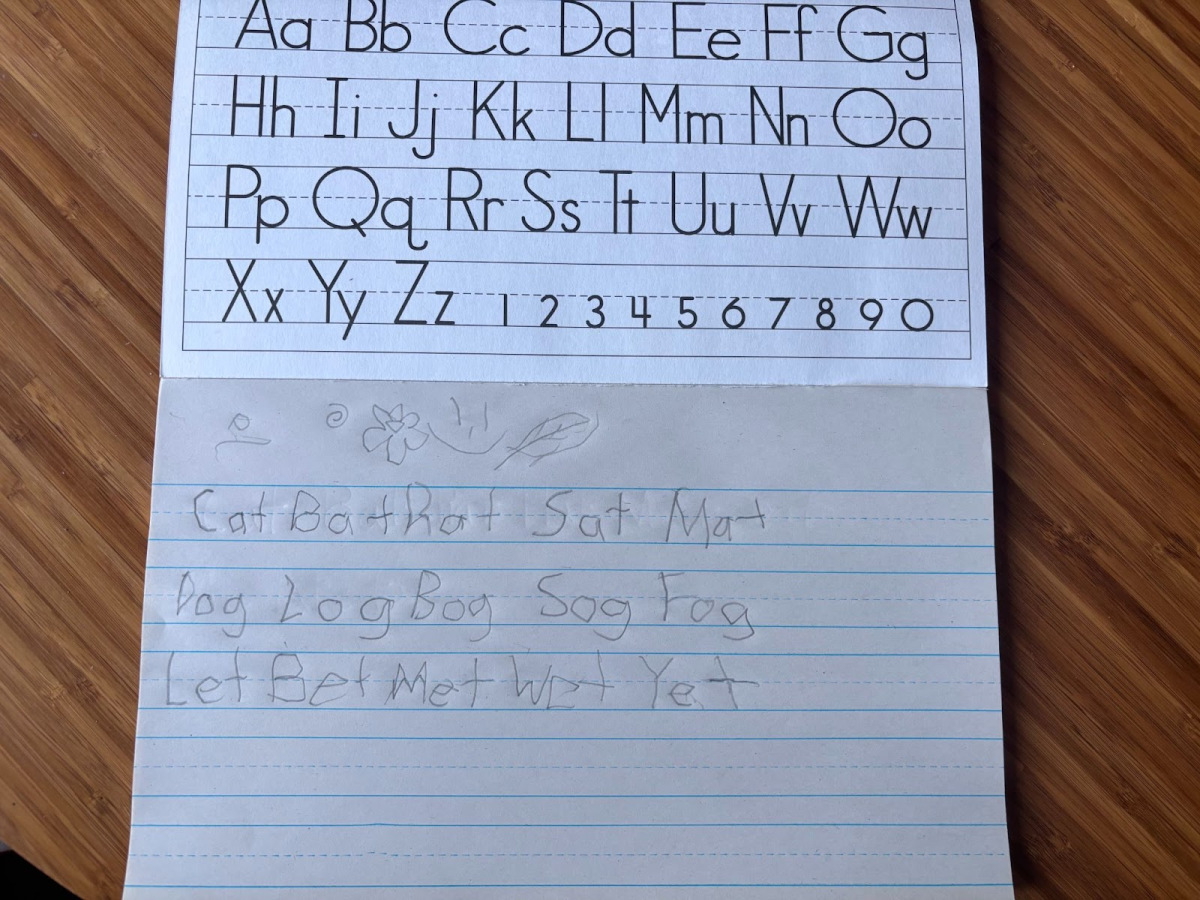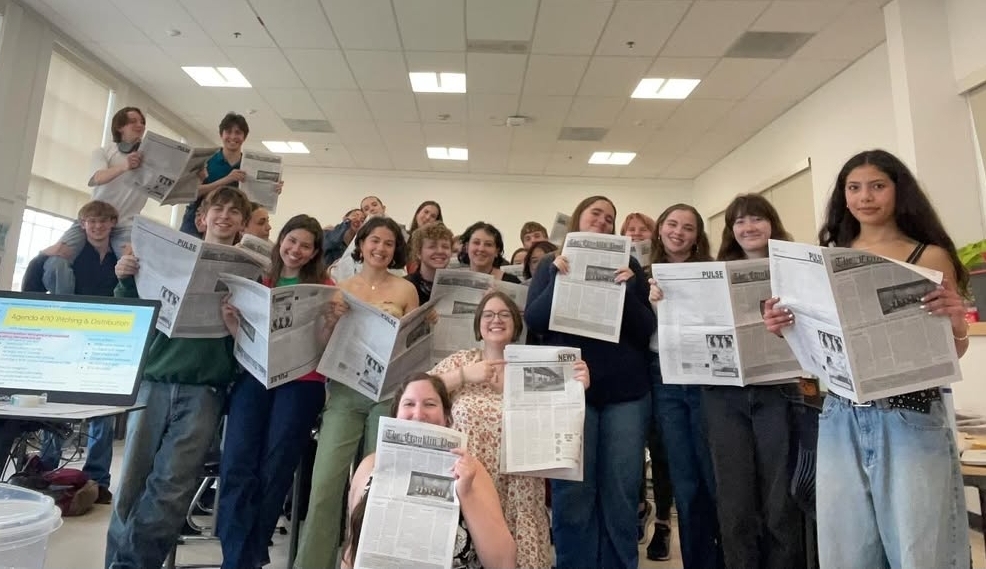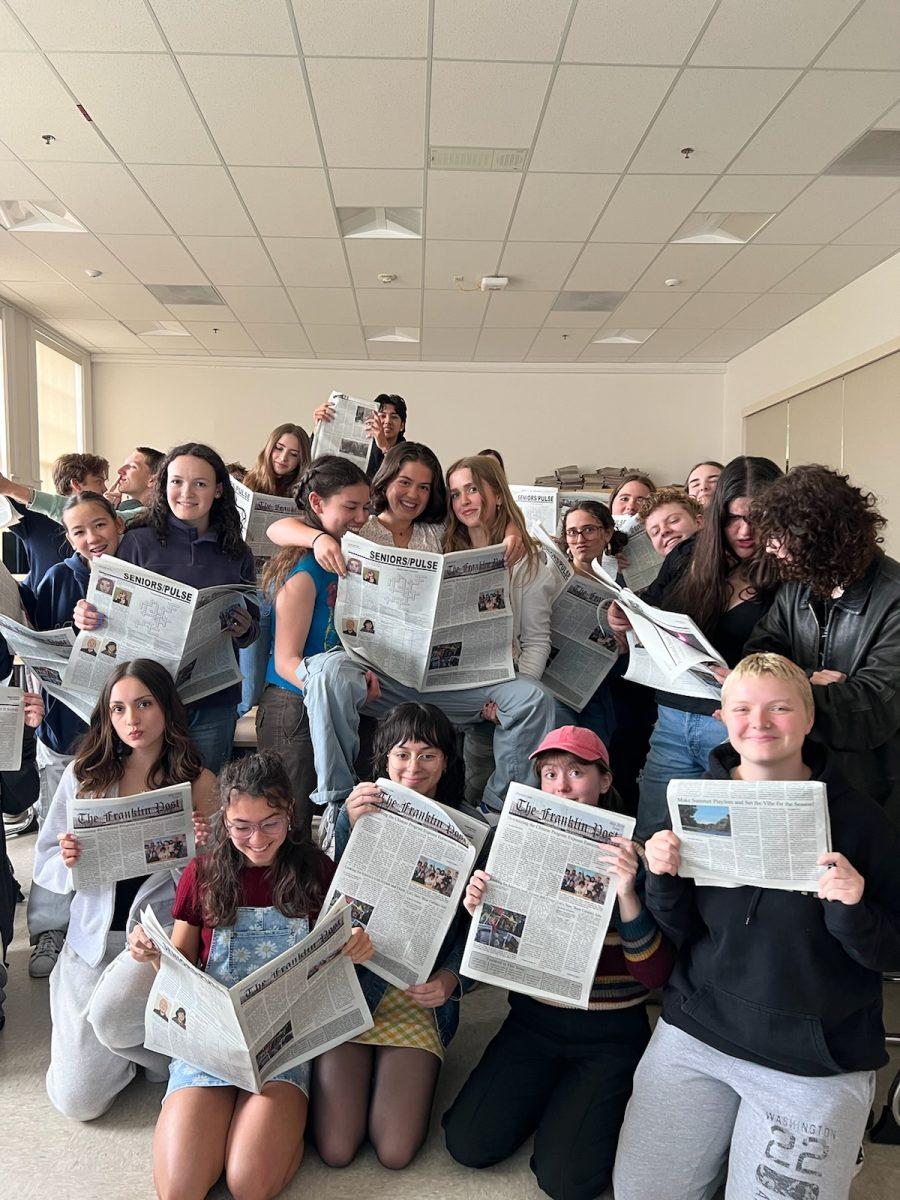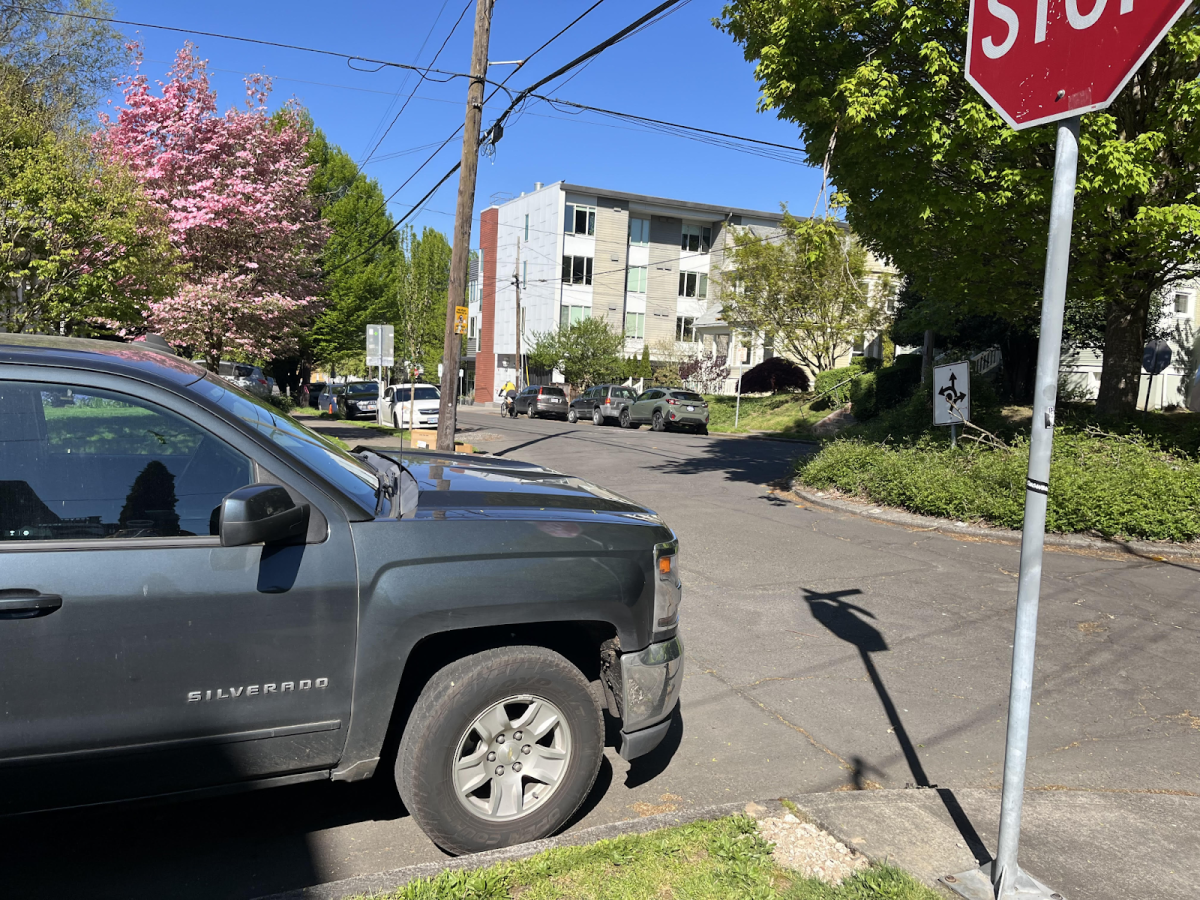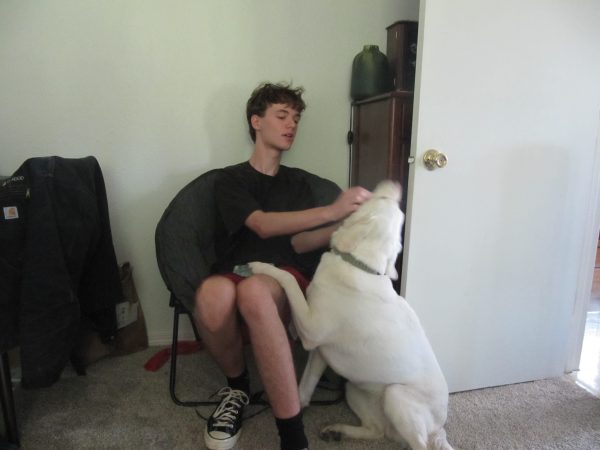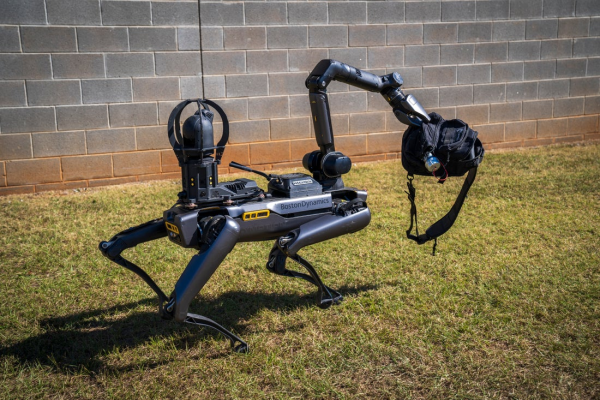
In November of 2024, Spot the robot ‘dog’ was purchased by the Portland Police Bureau (PPB) with a federal grant for approximately $150,000 using funds from the Federal Management Agency Urban Areas Security Initiative. This robot was purchased to address the public safety issues faced by the PPB and Metro Explosive Disposal Unit (MEDU).
Spot — the official name for the ‘robot dog’s’ model, named by its creators — is a motorized, semi-autonomous robot that can access locations that are too dangerous for humans. “Spot’s primary goal is to keep people out of harm’s way,” Government Sales Manager Kamila Blain said. “It helps reduce risk in potentially dangerous situations and serves as an effective tool for assessing hazardous environments.” These various situations include potential explosive devices or an armed suspect.
While this robot is only semi-autonomous — meaning it cannot fully function without input from a human operator, it has pre-programmed abilities like collision avoidance and certain stair sizes in its memory that it can navigate. Sergeant Kevin Allen of the PPB explained, “It can sense that there are stairs or a bumpy terrain and it can navigate around [them] or stop depending on the circumstances.”
MEDU has a fleet of robots for explosive disposal jobs, but Spot’s unique abilities give it a large advantage over the others in particular situations. One of these models is a tracked model, and can only move on tracks. The PPB used it for the ballot box fires that occurred in October; MEDU operated it to grab a ballot box and transport it to a safe place. However, there are flaws to track models as it is difficult for them to maneuver swiftly, vertically, and on rough terrain. The main needed improvement for the tracked model was speed; in high-pressure situations, speed is of the essence.
One of Spot’s key and unique traits is its arm. The robot can drag 50 pounds and pick up around 10-12 pounds. This dexterity can allow Spot to pick up and carry heavier items. When controlling the robot, it can drop repeaters; this helps retransmit the signal from the device to the controller and allows it to travel further distances. The robot also has a two-way communication system for situations like conversing with hostages or potentially armed individuals. For the human operator’s convenience, Spot has an eight-camera view to choose from, “including four color body cameras, a 4K resolution gripper camera, 360 panoramic camera, a 30x optical PTZ camera, and the FLIR Tau Core Thermal camera,” Blain explained.
Spot’s impressive capabilities stem from the engineering of its manufacturer, Boston Dynamics. Robots have been in the manufacturing industry for decades but were only recently introduced to law enforcement. Massachusetts State Police became the first law enforcement agency to use Spot in 2017. “I think because Boston Dynamics has been around for more than 30 years — people have become pretty familiar with our quadruped Spot. Spot is used by more than 50 public safety agencies in the United States, and by national and international government agencies, including the U.S. Secret Service,” said Blain.
Boston Dynamics supports “An Act to Ensure the Responsible Use of Advanced Robotic Technologies,” a Massachusetts bill aiming to ensure robotics are used ethically and safely. If passed, the bill would be the first legislation of its kind in the United States. Blain explained, “We want to emphasize any attempt to weaponize Boston Dynamics robots is strictly prohibited.”
Spot represents a significant step forward in how law enforcement agencies will leverage robotics to keep officers safe while responding to high-risk situations and in the future of technology within the PPB. “Robotic technology in general is getting more widely adopted — that’s drones and robots. When officers have more information, they can make better decisions,” Blain elaborated. “As a data point, the Houston Police Department has used Spot over 250 times and it has resulted in zero officer-involved shootings.” As more departments adopt this technology, the future of public safety could be shaped by the capabilities of robots like Spot.
